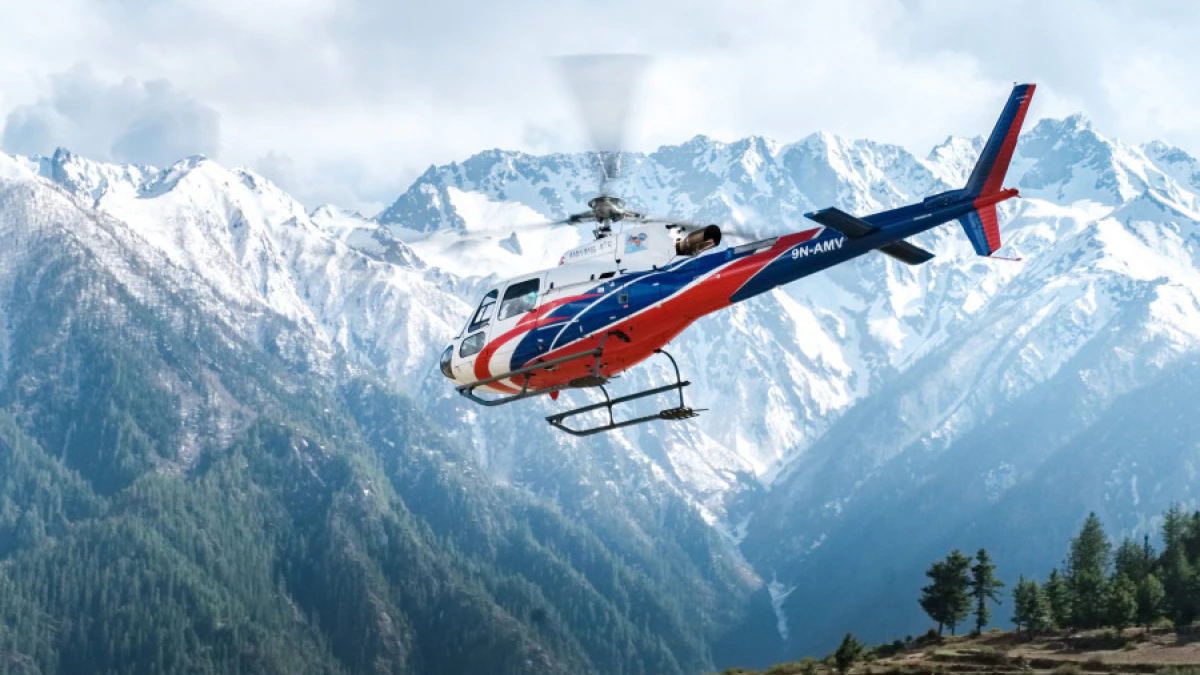Nepal Policy
India’s relationship with Nepal has always been complex, shaped by historical, cultural, and geographical factors.
Explore the devastating impact of some deadliest flight crashes in Nepal, leaving lasting scars on the nation’s aviation history.

In a first, Uttarakhand to start heli services for Adi Kailash, Om Parvat
Nepal has been struck by numerous tragic flight crashes that have left indelible marks on the memories of those affected. Over the years, the Himalayan nation has experienced an average of one flight disaster per year. Since 2010, Nepal has been the site of at least 11 fatal plane crashes, each one leaving behind a trail of devastation. Among these incidents, the recent crash of a Manang Air flight in Jiri stands out, as it claimed the lives of several tourists from Mexico. In order to shed light on these heart-wrenching accidents, we present to you some details about a few of them.
One such incident occurred in January 2023, when Yeti Airlines Flight 691, a domestic passenger flight from Kathmandu to Pokhara, tragically crashed while landing in Pokhara. The harrowing accident claimed the lives of all 72 occupants, including three infants on board, making it one of the deadliest air crashes in recent Nepalese history. Among the victims, five were Indian nationals, further intensifying the sense of loss.
Advertisement
In 2019, a private helicopter crash shook the nation as it crashed shortly after takeoff in Taplejung. The devastating accident took the lives of seven individuals, including the prominent Tourism and Civil Aviation Minister Rabindra Adhikari. This tragic incident marked the second helicopter crash involving high-profile individuals in the eastern mountain district. Alongside Minister Adhikari, the crash claimed the lives of esteemed tourism entrepreneur Ang Tshiring Sherpa, the managing director of Yeti Airlines and chairman of Air Dynasty; Birendra Prasad Shrestha, the deputy director-general of Civil Aviation Authority of Nepal (CAAN); Dhurba Bhochhibhoya, the deputy director of CAAN; Yubaraj Dahal, a personal aide to Prime Minister KP Sharma Oli; and Arjun Kumar Ghimire, a Nepal Army official.
Advertisement
Lukla, a small airstrip nestled in the mountains, has been the site of two of Nepal’s deadliest crashes. In 2008, tragedy struck when a de Havilland Canada DHC-6 Twin Otter 300 operated by Yeti Airlines, registered as 9N-AFE, departed from Kathmandu Airport on a domestic flight to Lukla. The treacherous weather conditions, characterized by poor visibility and the absence of radar signaling, proved fatal as the aircraft collided with rocks near the runway, resulting in a fiery crash. Among the 19 passengers and crew, only the captain survived to tell the tale.
In 2010, a Dornier Do 228-101 passenger plane took off from Kathmandu en route to Lukla. However, the journey was cut short due to rapidly deteriorating weather conditions. The pilot made the decision to return to Kathmandu, but before reaching safety, the aircraft encountered generator malfunctions. Despite the pilot’s attempts to switch to a backup generator, the efforts were in vain. With no option to divert to Simara Airport and the clouds closing in, the pilot aimed for a visual approach to Kathmandu. Tragically, the plane crashed into a hillside near Bastipur, claiming the lives of all 14 passengers on board.
In 2012, the nation mourned the loss of child artiste Taruni Sachdev, known for her role in the National Award-winning film “Paa.” Taruni, along with her mother, was among the victims of a plane crash in Nepal that claimed the lives of 13 Indians. The ill-fated flight, operated by private Agni Air company, was en route from Pokhara to Jomsom. As the aircraft attempted to land on the mountain airstrip, it tragically crashed, bringing forth profound grief and heartache.
These incidents serve as reminders of the recurring accidents in the Himalayan country, and a call for action to address these issues and safety of passengers immediately.
Advertisement